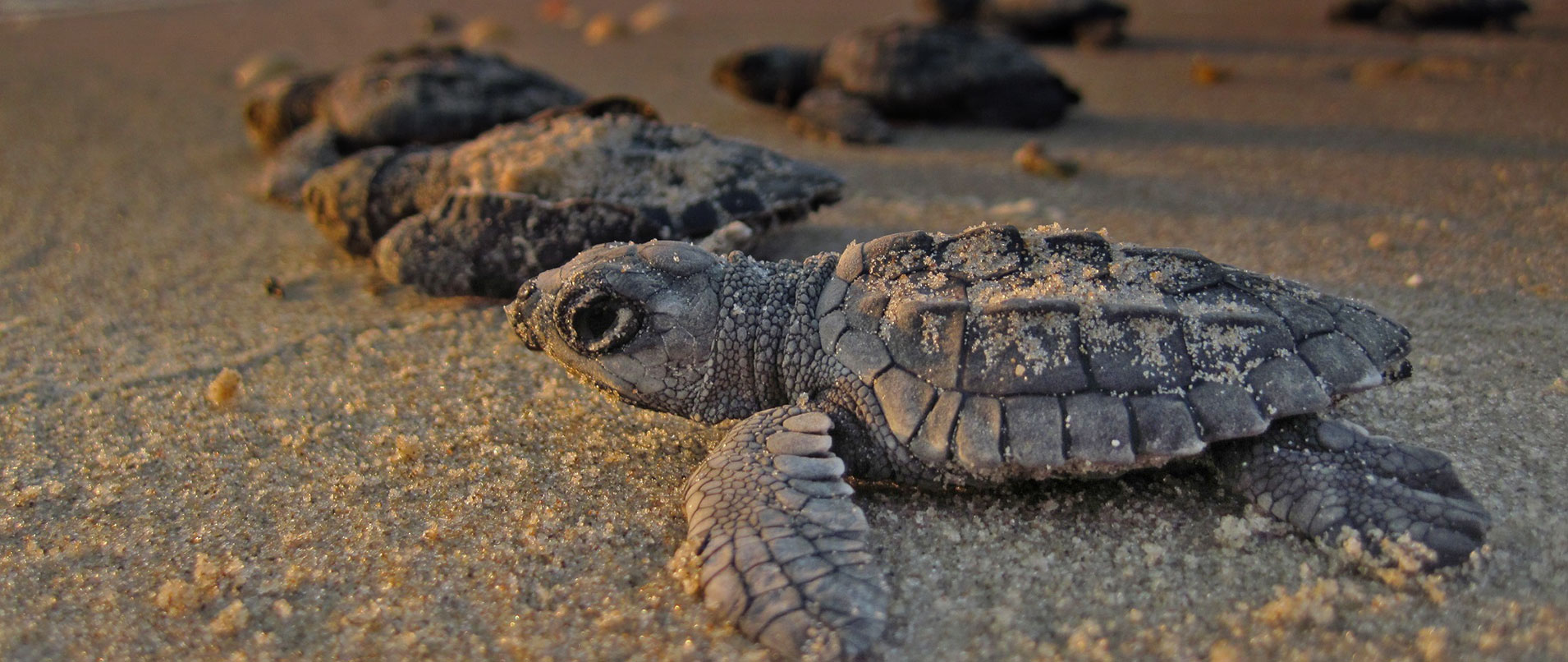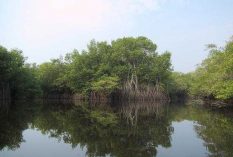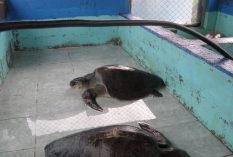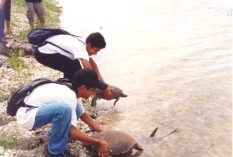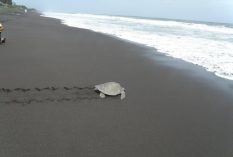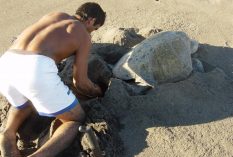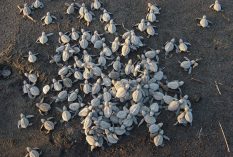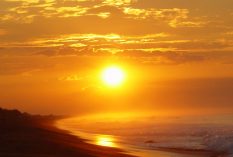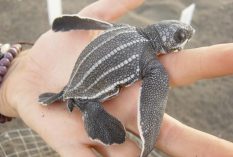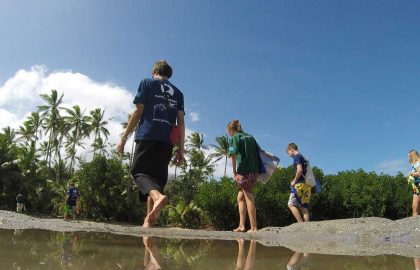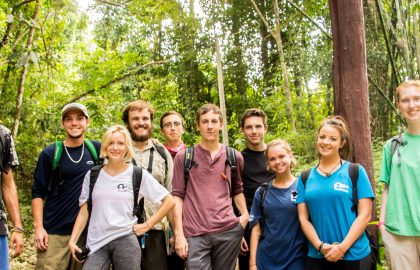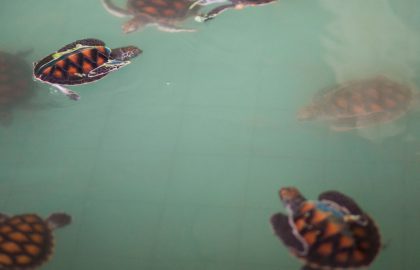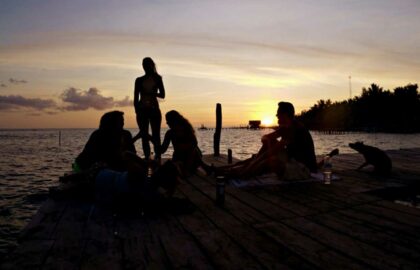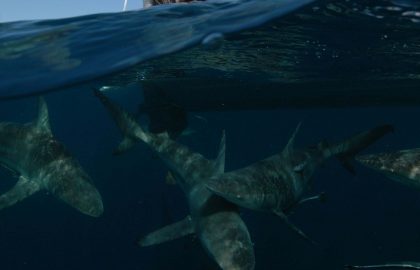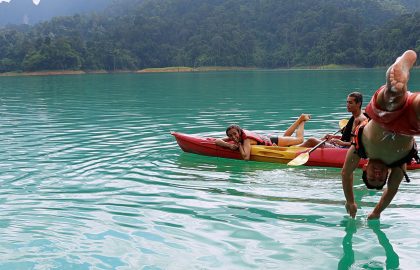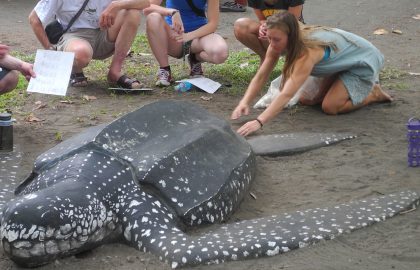Description
Location: Hawaii, Guatemala
Duration: Minimum 1 week
Start Dates: Project is on-going, and you can join at any time, depending upon availability
Cost: £450 per week – see ‘Costs’ tab for further details
Benefits:
- Work alongside scientists and biologists treating and rehabilitating various sea turtle species.
- Flexible placement, tailored according to your interests and abilities.
- Possibilities of assisting staff with ongoing research projects depending on availability
Introduction
This sea turtle research and mangrove conservation project is on the Pacific coast of Guatemala. Sea turtles are increasingly under threat and becoming an endangered species. Play your part in ensuring their survival.
You will assist in conducting nightly patrols of beach areas in search of nesting sea turtles, collection and burial of eggs in the hatchery and collection of research data. The turtle season can start from June to December with peak months of August and September for Olive Ridleys. Most nests begin in July with hatchlings arriving in August through to December. Due to the unpredictability of the turtles, we cannot guarantee turtle or hatchling numbers during this time. For the much scarcer leatherbacks (who unfortunately are going extinct in the Pacific) the nesting season is November to January.
There are numerous other aspects of the sea turtle project in which you can become involved; including sea turtle research, caiman breeding, environmental education and community projects. Test
Daily Life
Sea Turtle Conservation and Research
During the nesting season you will be formed into patrols and spend nights walking the beach in search of nesting turtles. Once a turtle is found, you must wait until it has finished laying, collect the eggs and then bury them in our hatchery. Nests in hatcheries are marked and recorded in a log.
Once the eggs begin hatching (mid-July to January), you will assist in releasing the hatchlings and excavating the nests to determine the hatchling success rate, which is usually over 90%. Hatchlings should be released at night or early or late in the day, as close to the time they hatch as possible. They should not be released during the heat of the day as there are more predators and the midday sun will dehydrate them. You will work and learn from our experienced staff.
Research in turtle biology is also conducted. You can assist in measuring nest and sand temperatures, conducting daily crawl counts (counting turtle tracks) and monitoring and recording hatchling success rates. Crawl counts are especially important as they allow us to determine whether sea turtle populations are rising, stable or declining, and they allow us to monitor the effectiveness of our egg-collecting activities. If you wish to take part in these research activities, you are encouraged to develop your own research initiatives.
Environmental Education
We believe that environmental education is key in addressing the root causes of environmental degradation in Guatemala and dedicate nearly 50% of our overall budget to such activities. You can collaborate in environmental education activities including teaching extra-curricular classes in local schools, developing curriculum, and conducting beach clean ups, turtle releases and environmental fairs. In the past, participants have taken the initiative to conduct “green English” courses, and sea turtle puppet shows and plays and school improvement projects.
Community Projects
Successful conservation efforts in other parts of the world have shown the need to work closely with local communities. This is especially true in a country like Guatemala with its extreme poverty and social inequity, and where the resources and/or will on the part of the government to impose more stringent conservation measures are lacking.
This project is an integrated project that, while attempting to conserve the flora and fauna of the area also tries to offer local residents economic alternatives to improve the quality of their lives. Among the sustainable development activities that we have carried out, with the support of volunteers, are projects in potable water, waste water treatment, gender, eco-tourism, efficient wood-burning stoves and school construction. Volunteers also assisted in relief efforts following Hurricane Stan. If you are interested in developing your own community project in the area, please let us know.
Travel & Accommodation
You will be met at Monterrico bus station, full instructions will be given and you will be in constant contact with the local transfer coordinator throughout.
The Parque includes a large central rancho with office/library, second-story dormitory, a large, open common area, a hammocks rancho, watchtower on the beach, and western toilets and showers. There are also two small visitor’s houses where volunteers are welcome to sleep. 3 meals per day are provided and volunteers usually eat together (a great chance to socialize and bond), or eat with nearby families. The kitchen includes a gas stove, refrigerators, individual food storage bins and a pila.
Eighty meters away, just behind the coastal dunes, is the main turtle hatchery and holding tanks and a lookout tower. US-style 110 AC power is available. Accommodations are rustic but comfortable, and with the ocean breeze and roar of the surf in the distance, make for the ideal atmosphere to relieve the stress of modern life and take in the wonders of the Pacific Ocean. Internet service is available in the local town, 10 minutes away by bus.
Requirements
Spanish language ability is not required, but in general, your ability to speak some Spanish will greatly enhance your effectiveness as well as your satisfaction with your experience. Lessons are available.
- Minimum age 18, no maximum age
- Minimum 1 week commitment
- Full travel & medical insurance
- Necessary vaccinations
- Necessary flights & visas
Extra Activities
If you’re traveling to Guatemala, no need to look further- this list has you covered. We have narrowed down the Top 5 Must-See parts of this beautiful tropical country. You cannot miss the ancient ruins of Tikal National Park, or the Volcanoes of Lake Atitlan. Read on to find out the adventures that await you in Central America.
Tikal National Park
You do not have to be an archaeologist to appreciate the wonder that is Tikal. This entire park encompasses one of the Maya civilization’s most major sites. Famous for the towering Temple IV and the sprawling Great Plaza, this park is a must-see in Guatemala. The entire park is surrounded by lush jungle and wildlife, so you feel as though you are in a different world. Step into your own personal Indiana Jones movie at Tikal.
Semuc Champey
This excursion is for the more able-bodied traveler, but Semuc Champey is great if you can make it there. Located in central Guatemala, this is a breathtaking gathering of limestone bridges, a river, and pools of aqua-marine water. Spend all day bathing in the cool, clear water or tube down the river. You can even explore caves by candlelight at night if you go with a tour and are up for an adventure!
Take a Coffee Tour
If you’re a coffee drinker, there is a good chance you’ve had a cup from Guatemala. If not, you still would have a great time exploring the coffee plantations in this country. Learn how coffee is grown, and walk around giant fields of the world’s favorite bean. Prices range from $25 USD- 100+, and some combine with activities like bird watching, hiking, camping or doing your tour on the back of a mule!
Visit Lake Atitlan and Its Volcanoes
Lake Atitlan is one of the prettiest places to see in Guatemala. Magnificent views of the volcanoes that surround it set it apart from any other lake in the world. Surrounding the lake are charming little villages where the indigenous culture is still alive. People dressed in the vibrant traditional garb can be found selling crafts and goods to tourists. You can either stay in one of the cozy little towns, take a day trip, or hike to the top of a volcano and get a view of Atitlan from above.
Antigua
Most people prefer Antigua to any other city in Guatemala. It’s charming architecture and vibrant colored buildings really please the eye. Enjoy visiting the Spanish-Baroque style churches, cathedrals and plazas that still stand from the 16th century. Travelers not only enjoy the beauty of the town, but the location is quite convenient for day trips. Antigua is oftentimes the jump-off point for Lake Atitlan tours, coffee tours, and volcano hiking.
Costs
| £ GBP | |
|---|---|
| Weekly fee | £450 |
| Airport Pickup | £200 |
* Currency conversions are approximate. Check xe.com for the latest conversions
** Deposit of £250 to confirm your place.
*** All payments incur a 5% bank transfer fee.
What’s Included:
Project Fee includes all food, accommodation, in-country support, project activities and transport from the local town to the project HQ.
Airport pickup can be arranged for an extra £200 GBP. This includes 2 nights accommodation at a hotel and all transport costs. This is highly recommended if it is your first time in Central America, and/or if you do not speak Spanish.
What’s not included:
Airport pickup (unless opted for), flights, insurance, visas (if applicable) and vaccinations. Full assistance will be provided in getting all these arranged if you choose our Premium Support.
Premium Support Upgrade
We understand there’s a great deal to plan and organise for your trip. When booking a Placement, many of our participants choose to purchase our Premium Support Upgrade to benefit from the expertise, knowledge and experience of our Project Coordinators.
We can provide the personal advice you need to ensure your trip is organised with excellence and planned with efficiency; ensuring the very best experience possible. Read more about how we can help you.
Guatemala
Note: Map coordinates are approximate

